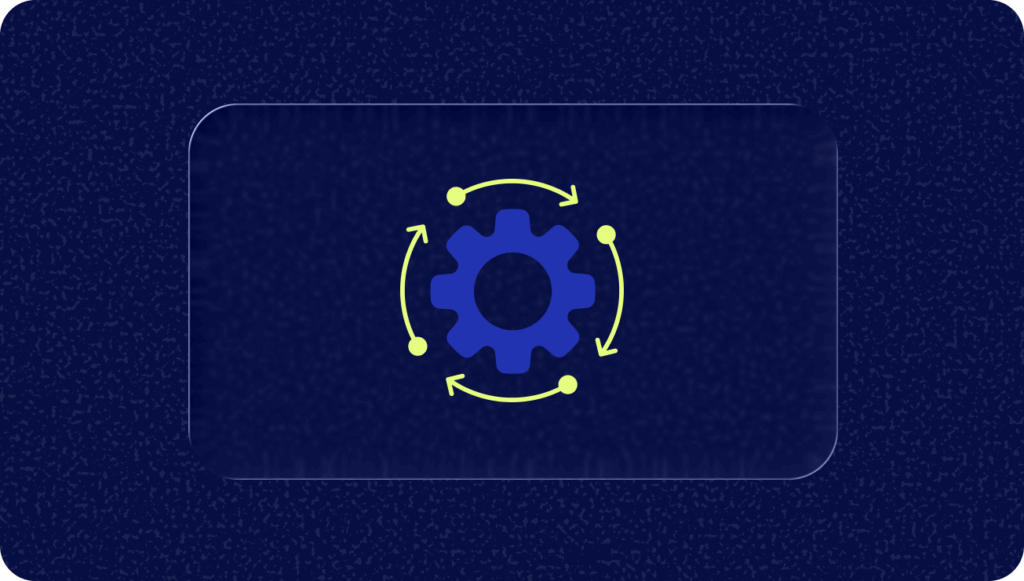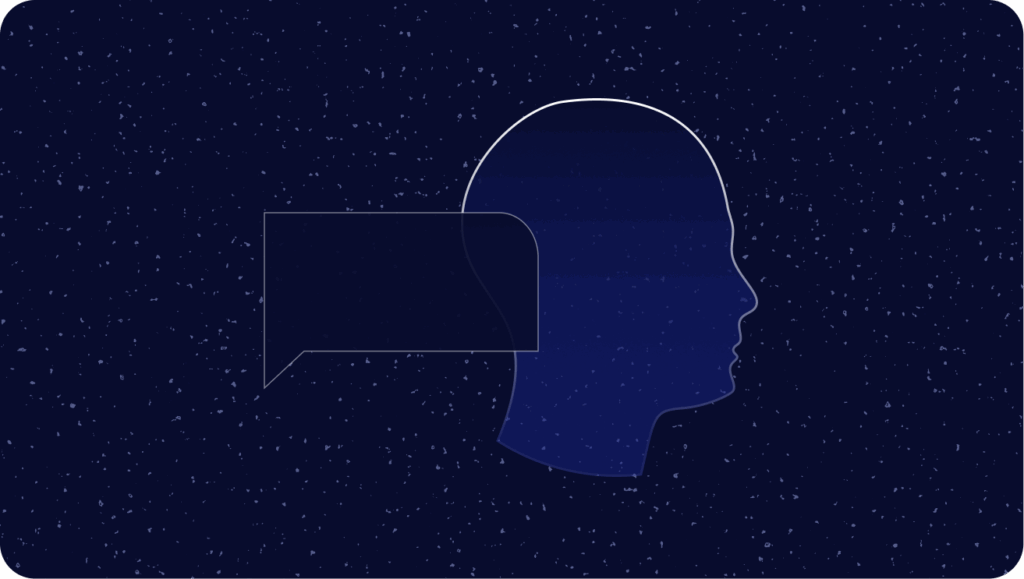Generally, customer service agents have played a significant role in building genuine relationships that last and improve experiences. They are usually the primary point of contact with your customers. Their ability to empathize with customers and quickly resolve their queries can significantly influence how your clients view your brand.
However, delayed responses from agents or a lack of appropriate communication can impair customer experience. Therefore, there is a need to improve agent productivity to ensure faster responses, cost savings, better experiences, improved resource allocation, and more.
This article lists numerous tips on how to improve agent productivity and efficiency while delivering top-notch customer experience.
Ways to Improve Agent Productivity
Agent productivity can be boosted in several ways, including using tools like artificial intelligence solutions, workspace management software, self-service, etc. Here are some ways you can help your agents increase productivity and efficiency.
1. Centralized Hub to Connect Agents
82% of surveyed organizations use social media, more than 82% use phones, and at least 59% use messenger apps to provide customer service. This highlights the need for having a centralized hub for agents to solve tickets wherever they come from.
A centralized hub can combine all the recent customer interactions on a single dashboard. From email to live messaging, people use different channels and devices to connect with your agents. Thus, a centralized dashboard can improve agent efficiency by enabling omnichannel customer service and reducing response time, as agents can simply connect the dots of the customer journey and respond accordingly.
2. Leverage AI and Automation
The correct use of AI in customer service can deliver up to $1 trillion in additional value annually. The quickest and most efficient way for organizations to provide proactive, personalized experiences that encourage customer involvement is now through AI-enabled customer service.
AI technology can be used in many ways in the context of customer service. Its biggest use case lies in the development and implementation of AI-powered chatbots. These chatbots can use natural language processing to understand queries and respond without human intervention. This can help automate 70% of the tickets efficiently and impact agent productivity.
Additionally, AI can perform sentiment analysis on what the customer is speaking or typing. With the ability to understand sentiments, AI chatbots can understand the context of the text or speech for better interactions and optimal experiences.
Another use of AI can be in prioritizing service tickets or queries. A large service center can receive hundreds of queries simultaneously. While all these concerns are important, they are not equal. Some of them will have a higher priority than others. AI can analyze the priorities and send the important ones to the agents for quicker resolutions.
Your agents can also get help with translations from and into multiple languages. Whatever your customers’ preferred languages are, your agents can respond appropriately in the same language to build long-term relations. Furthermore, AI can create issue summaries based on previous interactions to help the agents understand the queries quickly.
AI agents can work 24/7 and leverage artificial intelligence capabilities to provide personalized responses with better efficiency with real-time translation. You can leverage Helpshift’s AI chatbot to free up your agents for improved productivity and help them handle customer queries more efficiently.
3. Invest in Customer Self-Service
Many customers don’t prefer communicating with a customer service representative unless they have a huge problem. They like to handle minor issues independently, making the case for investing in self-service. Particularly, 38% of millennial and Gen Z customers responding have a “self-service or no service” mindset. Self-service is inevitable, but on the other hand, it can relieve AI agents from solving simple queries and allow them to focus on more complex and emotionally-charged queries.
There are many channels to offer self-service to your clients, such as:
- Knowledge base
- AI-powered chatbots
- FAQs
- Community forums
- Product training videos, etc.
You can also tie knowledge management to self-service and apply it to customers, to help them perform self-diagnosis or resolution.
You can also identify common issues posed to your customer support agents and update your self-service channels with answers to these issues. However, given the younger generations’ mindset to drop off from support journeys if self-serve does not provide great answers, it’s imperative to provide a seamless transition to agents as well.
Moreover, since agents are at the forefront and possess crucial insights into existing knowledge gaps, create a workflow to facilitate their ability to share feedback into their daily workflows. This ensures your knowledge base content, AI chatbots remains both relevant and current, with updated content.
4. Use a Agent Workspace Management Tool
An agent workspace management tool (WMT) can help you manage agent schedules and monitor their activity and performance. The most significant advantage of a WMT is that it can deflect tickets among workers with the help of AI.
For example, an AI algorithm can be built to analyze an agent’s strengths and weaknesses. It can then determine which agent would be best suited to handle any particular complex query. Based on this match-making, the AI system can automatically send the complex request to the most efficient agent to handle the task.
With a WMT, you can also encourage agents to prioritize queries and set aside time for calls, meetings, follow-ups, etc. This will improve agent productivity and efficiency as well as customer experience.
5. Improve Agent Well-Being
Work-life balance is essential for better engagement and productivity, which translates to better performance and higher income for your company. Businesses with high employee engagement levels can improve operating income by 19.2% annually. .
You can encourage employees to take regular breaks so that it does not become monotonous for them. Breaks will prevent burnout and allow employees to unwind and freshen up before they return to work.
Also, foster a collaborative environment to improve agent efficiency. Collaboration among agents can reduce the chances of burnout by facilitating knowledge sharing and providing a solid support system. The burnout rate among employees is high across different surveys and reports. One report says that about 65% of employees faced burnout in 2023, with 72% saying that it impacted their performance.
6. Reward Your Productive Staff
Identifying and rewarding productive staff is very important to keep everyone motivated. If you don’t reward those who are more productive, they will become demotivated and less engaged.
On the other hand, when you reward your productive staff, other employees will also get motivated to put in some extra effort. This will create an atmosphere of healthy competition, improving agent productivity overall.
7. Upskill Your Agents to work with new tech and the modern customer
Training and onboarding have always been a part of increasing productivity. For example, many new technological advancements help improve productivity in different ways, such as automating monotonous tasks. You need to train your employees to familiarize them with the latest software and technology tools.
Alternatively, you can also try to find suitable agents to help them accelerate their careers. This will keep the agents engaged and improve retention rates so that you don’t have to spend time and money to hire new employees.
8. Set Realistic Goals and Expectations
Setting realistic goals and expectations provides clarity and focus for your agents. When the agents know what is expected of them, they can proactively plan how to achieve those goals. For instance, they can prioritize tasks and focus more on improving quality if they know what needs to be done by them.
It is also essential to give feedback on how agents work towards reaching their goals. Both positive and constructive feedback are helpful. However, giving vague negative feedback without any improvement suggestions can harm the agent’s productivity.
9. Track Agent Performance
Tracking agent performance can help create tailored strategies to help specific agents improve their productivity and efficiency. Technologies like AI can help here to track and analyze employee data automatically. For instance, Helpshift’s AI-driven analytics can track key metrics like response times, ticket resolution rates, and customer satisfaction scores. By gathering this data, you can identify trends in agent performance—such as which agents are excelling or create tailored modules to help staff improve their performance.
10. Create a Structured Escalation Process
AI chatbots can resolve basic customer queries and escalate complex ones to human agents. However, there are some issues that new employees might be unable to resolve. In those cases, they should have a hassle-free option to escalate the query to an experienced agent.
If this process is not straightforward, it can impact the response and resolution times and influence the overall agent productivity. If you want your agent to take up as many requests as possible, you must implement a structured escalation process wherein the agent can escalate sophisticated issues to their seniors.
11. Quality Control
Quality control helps monitor agent interactions to identify areas for improvement to work more efficiently. Several quality metrics can be tracked and monitored for quality, such as resolution time, client satisfaction rate, etc.
Implementing quality control procedures can encourage agents to learn continuously to maintain high quality. As agents learn continuously and improve their skills, their productivity and efficiency will ultimately be influenced.
What Metrics to Track to Measure Agent Performance
To measure agent performance, you should track the following metrics:
- Average handle time: This metric tracks how much time an agent spends on one customer interaction, including hold times and follow-ups.
- Calls handled per hour: Help measure and improve agent productivity by tracking how many calls the employee can handle in an hour.
- First call resolution (FCR): Tracks how often the agent resolves customer queries on the first call or interaction.
- Customer satisfaction (CSAT) scores: Customer feedback about their satisfaction with the agent’s response.
- Adherence to schedule: Monitor whether the agents work within the required schedule.
- Quality assurance scores: You can evaluate how the agent follows your team’s quality standards and best practices.
- Agent utilization rate: This metric shows the proportion of an agent’s time spent interacting with customers instead of idle.
- Trends (Workload) report: Offers aggregated agent time metrics to help analyze and identify productivity trends across the team.
- Summary by Agents report: Provides detailed time metrics for each agent, enabling comprehensive evaluations of individual performance.
- Summary by Groups report: Shows aggregated time metrics for each agent group, simplifying productivity comparisons across different groups.
Boost Customer Service Agent Productivity With Helpshift
Since customer service is now the key brand differentiator, it is important to boost the agent productivity and efficiency. While there are many ways to go about it, as mentioned in this article, one of the best things you can do in today’s digital world is leverage AI.
You can rely on Helpshift’s advanced AI platform to fully utilize the technology in your favor. Our AI tool comes with advanced chatbots that can help your agents with tools and resources like sentimental analysis, data analytics, issue summary, translation, deflection of queries, reporting, etc. Contact our experts today to learn more about how the Helpshift AI experience can help you improve agent productivity and efficiency.








